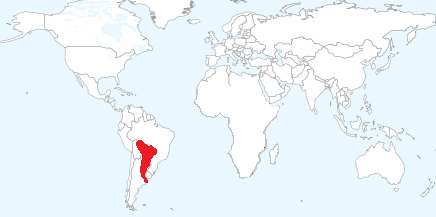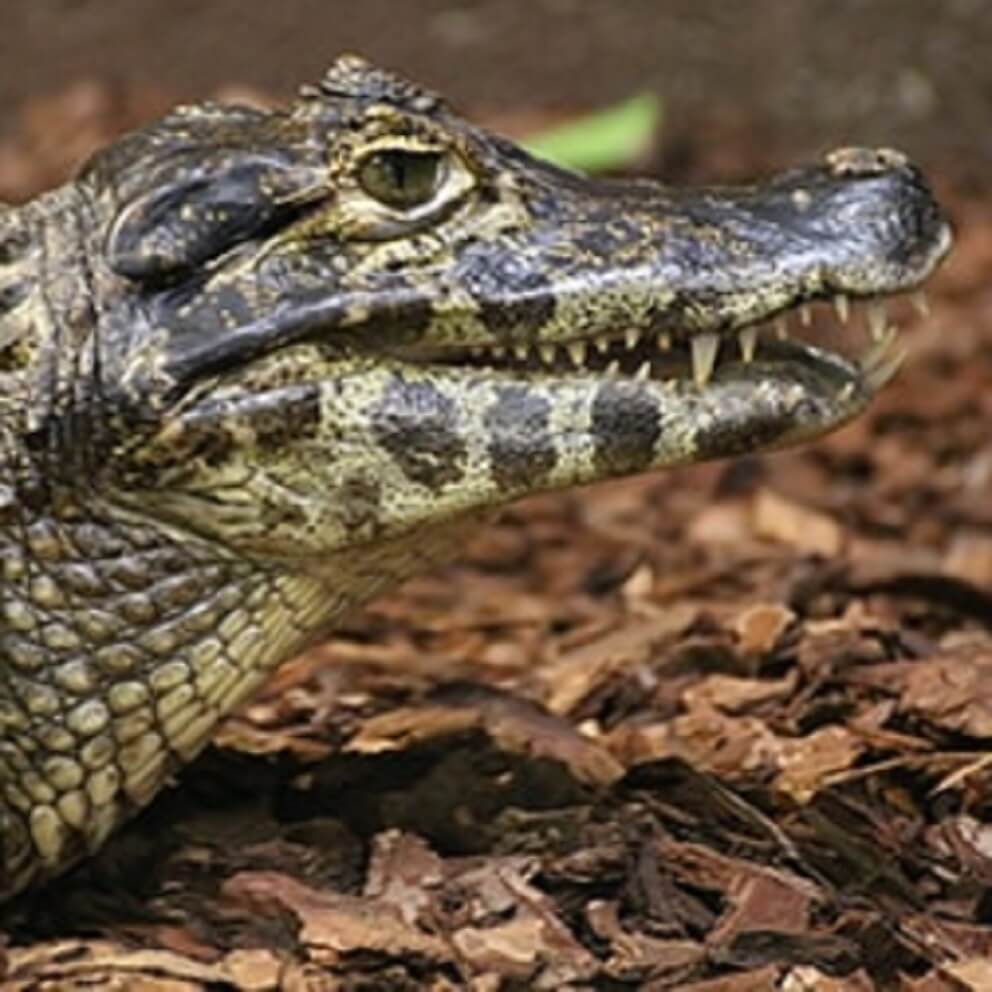The Yacaré caiman is classified as Lower Risk/least concern on the IUCN Red List of Threatened Species.
It is listed on CITES Appendix II.
Red List Category & Criteria: Lower Risk/least concern ver 3.1
Year Published: 2019
Date Assessed: 2019-11-30

Countries: Argentina; Bolivia; Brazil; Paraguay

The Yacare caiman is found in central South America, including northeastern Argentina, Uruguay, southeastern Peru, eastern Bolivia, central/south-west Brazil, and the rivers of Paraguay. Vast numbers of Yacare caiman congregate in Brazil’s Pantanal wetlands, representing perhaps the largest single crocodilian population on Earth.
Juvenile Yacaré caiman feed primarily on aquatic invertebrates and vertebrates; particularly snails, molluscs, crustaceans, and fish. Adult caimans take a wide variety of fish (especially piranha) and birds, with the occasional capybara being taken by larger individuals. The Yacaré caiman is sometimes referred to as the piranha caiman, due to its appetite for piranha fish.
Their relatively small size makes them a potential prey of the jaguar and anaconda.
Although being depleted compared to historical populations, the Yacaré caiman is still widely distributed. Illegal hunting during the 1970s and 1980s had a significant negative impact on this species, and organized poaching remains a problem in parts of its range. Habitat destruction is also a threat.
Sustainable yield programs are in operation in several countries. These programs need to be further developed in conjunction with improved habitat management, education, and studies of wild population dynamics.
Est. wild population: More than 1,000,000
Main conservation threats: Habitat destruction, pollution and illegal hunting



